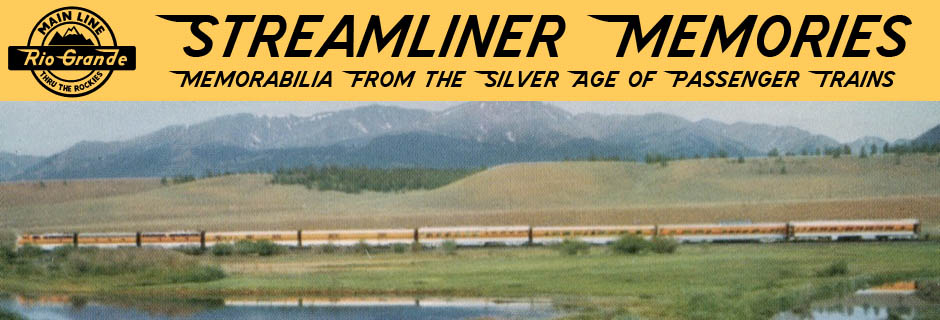Here’s a complete timetable for the Union Pacific system issued after all of the initial streamliners had been put into operation. The timetable also includes numerous heavyweight trains as well as a few transcontinental motor buses.

Click image to download a 40.1-MB PDF of this 64-page timetable.
Trains heading west from Omaha include the cities of Portland, San Francisco, Los Angeles, and Denver, the Forty-Niner, Los Angeles Limited, Los Angeles Challenger, San Francisco Challenger, Portland Rose, San Francisco Overland Limited, California Fast Mail, Pacific Limited, Columbine, the Grand Island Motor (a railcar), and Motor Buses 1 and 3. West from Kansas City UP also had the twice-daily City of Salina, Denver Limited, Pacific Limited, a rail car, and a mixed train to Denver.
In 1937, Union Pacific had only one train each for its Portland, San Francisco, and Los Angeles city trains, and it ran these trains five roundtrips a month. The City of Portland, for example, left Portland on the afternoon of the first of every month and arrived in Chicago on the morning of the third. After servicing, the train left Chicago on the evening of the fourth and arrived in Portland on the morning of the sixth, departing again on the evening of the seventh.
Looks good in motion, but trains don’t earn revenue sitting in yards. Click this image of the M-10001 City of Portland for a larger view.
In other words, each 39-3/4-hour trip was separated by 32-1/4 hours of servicing and dead time. Why not turn the train around in 8-1/4 hours, thereby enabling 40 percent more trips per month? UP turned around the City of Denver in eight hours at the end of each of its journeys. Between the three trains, they could have had 21 departures from Chicago each month instead of just 15. While this would have put their turnaround crews under a little more pressure, given the high cost of the trains this might have been worthwhile compared with letting them sit in the yards nearly 45 percent of the time.
